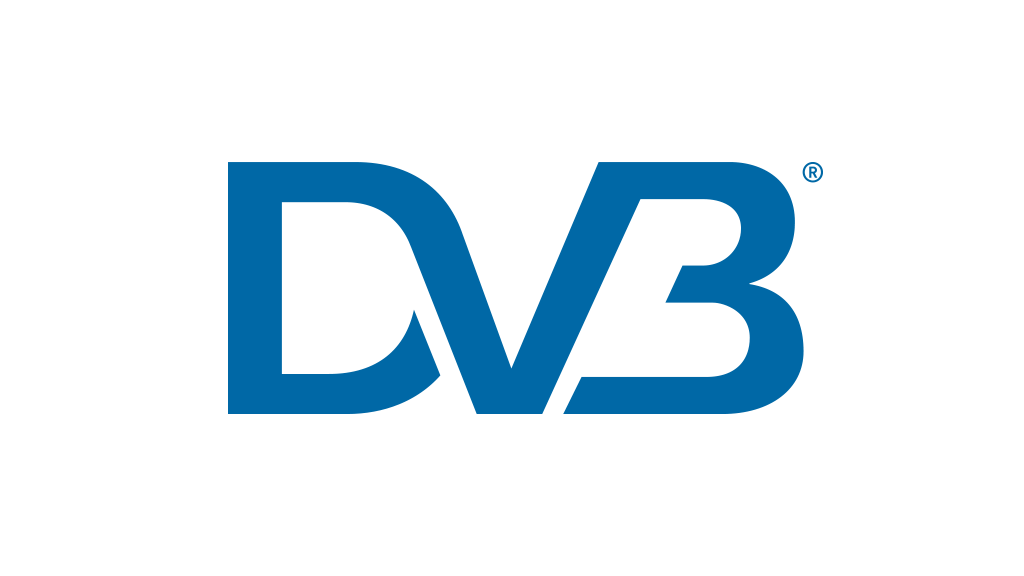The DVB Project is celebrating its thirtieth anniversary. The group came together to work on the development of digital television in Europe. The European Launching Group became the Digital Video Broadcasting Project in September 1993. It went on to develop standards for digital satellite, cable and terrestrial television. The DVB Project is now leading developments for next-generation services, including DVB-NIP for native internet protocol transmission and DVB-I for service discovery. Both will be on show at IBC in Amsterdam.
The DVB-S system for digital satellite broadcasting was developed in 1993 and was first used by Canal+ in France in spring 1995.
The DVB-C system followed for digital cable networks, with the capability to convey a complete satellite channel multiplex on a cable channel.
The DVB-T digital terrestrial transmission system came next. The first DVB-T broadcasts began in Sweden and the United Kingdom in 1998.
DVB standards have since been adopted around the world, through specifications published by international standards bodies such as ETSI.

These digital transmission standards have matured and are approaching the limits of efficiency at the physical network layer.
The ATSC 3.0 system being adopted in the United States uses similar transmission technologies but employs internet protocol at the transport layer rather than an MPEG transport stream.
The DVB Project has since developed DVB-NIP as an end-to-end native internet protocol system for DVB broadcast bearers. It facilitates the integration of broadcast and online technologies.
The complementary DVB-I system is designed to support service discovery and programme metadata using web standards. It can be used with existing DVB standards and other systems, including 5G mobile technologies.
At the IBC trade show in Amsterdam, the DVB Project will be demonstrating pilot services from Germany and Italy using DVB-I.
The German DVB-I Pilot is the winner of the IBC 2023 Special Award for Innovation for its initiative bringing together multiple stakeholders from the German media industry, including broadcasters, device manufacturers, software providers and research institutions.
